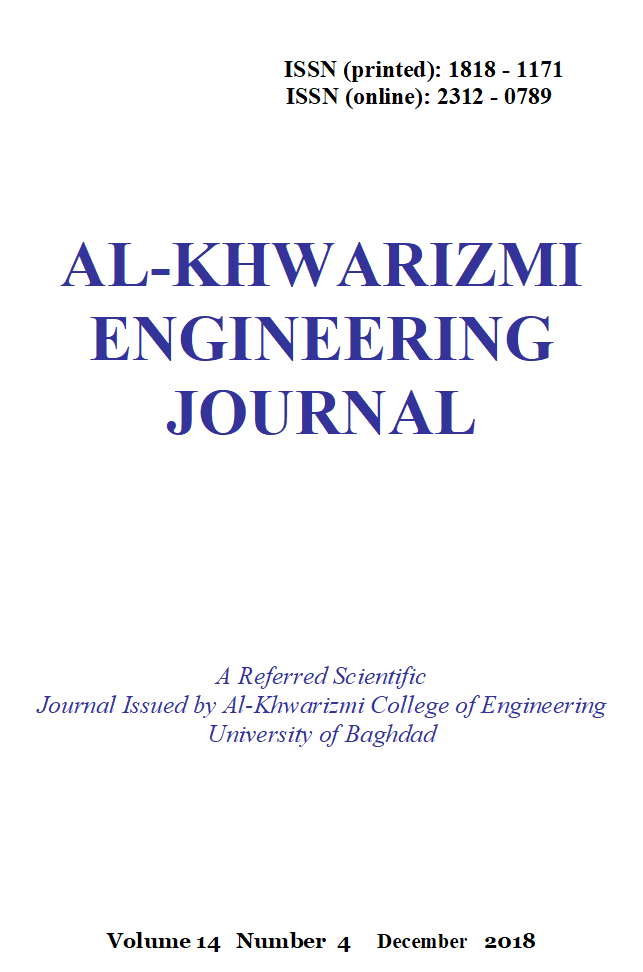Biodegradation of Diesel Contaminated Soil Using Single Bacterial Strains and a Mixed Bacterial Consortium
DOI:
https://doi.org/10.22153/kej.%202017.10.001Abstract
This study was conducted to assess the hydrocarbon degradation abilities of Sphingomonas paucimobilis, Pentoae species, Staphylococcus aureus, and Enterobacter cloacae, which isolated from diesel contaminated soil samples. Single strains and mixed bacterial consortia have been investigated their ability to degrade 1.0 % (v/v) of diesel oil in Bushnell- Haas medium as sole.carbon.and.energy.source. At temperature 30∘C, the individual.bacterial.isolates exhibited low growth and low degradation.than did the.mixed. bacterial.culture. After 28 days.of incubation the.combination.of four isolates degraded.an upper limit.of diesel 88.4%. This was. continued.by 85.1% by S. paucimobilis, 84 % by Pentoae sp., 79% by S.aureus, and 74% by E. cloacae. For further evidence of the biodegradation effect of these isolates individually and as a mixed culture, which was supported by the use of technology chromatography confirming the occurrence of biodegradation. The results showed that the isolated bacteria are effective in biodegradation of diesel spills when used separately. It also confirmed the better biodegradability when used together in a mixed -culture.
Downloads
Downloads
Published
Issue
Section
License

This work is licensed under a Creative Commons Attribution 4.0 International License.
Copyright: Open Access authors retain the copyrights of their papers, and all open access articles are distributed under the terms of the Creative Commons Attribution License, which permits unrestricted use, distribution, and reproduction in any medium, provided that the original work is properly cited. The use of general descriptive names, trade names, trademarks, and so forth in this publication, even if not specifically identified, does not imply that these names are not protected by the relevant laws and regulations. While the advice and information in this journal are believed to be true and accurate on the date of its going to press, neither the authors, the editors, nor the publisher can accept any legal responsibility for any errors or omissions that may be made. The publisher makes no warranty, express or implied, with respect to the material contained herein.
















